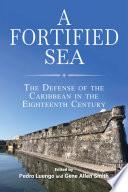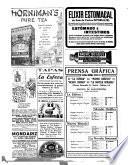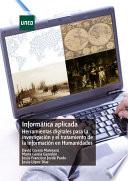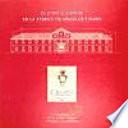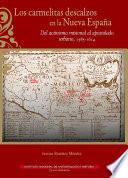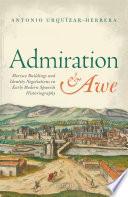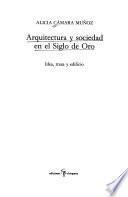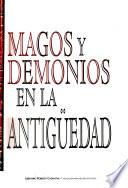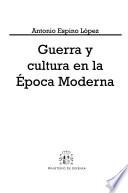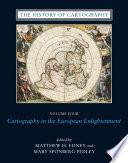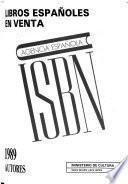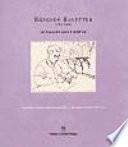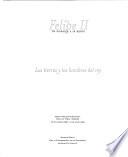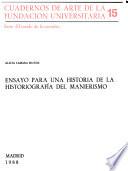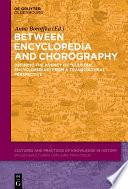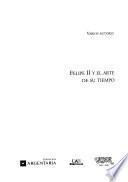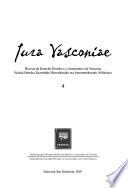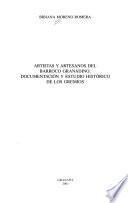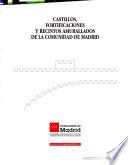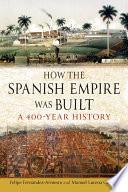
How the Spanish Empire Was Built
Autor: Felipe Fernández-armesto , Manuel Lucena Giraldo
Número de Páginas: 350“A richly researched account of the clever, industrious and deeply practical men who followed in the footsteps, often literally, of Columbus, Cortés, Pizarro, Núñez de Balboa and others.”—Wall Street Journal The untold story of the engineering behind the empire, showing how imperial Spain built upon existing infrastructure and hierarchies of the Inca, Aztec, and more, to further its growth. Sixteenth-century Spain was small, poor, disunited, and sparsely populated. Yet the Spaniards and their allies built the largest empire the world had ever seen. How did they achieve this? Felipe Fernández-Armesto and Manuel Lucena Giraldo argue that Spain’s engineers were critical to this venture. The Spanish invested in infrastructure to the advantage of local power brokers, enhancing the abilities of incumbent elites to grow wealthy on trade, and widening the arc of Spanish influence. Bringing to life stories of engineers, prospectors, soldiers, and priests, the authors paint a vivid portrait of Spanish America in the age of conquest. This is a dazzling new history of the Spanish Empire, and a new understanding of empire itself, as a venture marked as much by collaboration as...
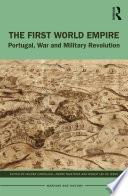
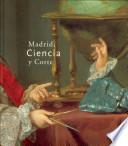
![El Hierro a través de la cartografía [1507 - 1899]](https://cdn1.bibliotecadigital.org/images/libro/el-hierro-a-traves-de-la-cartografia-1507-1899-id-9JXEEAAAQBAJ.jpg)
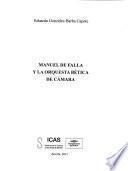
![Fuerteventura a través de la cartografía [1507 - 1899]](https://cdn1.bibliotecadigital.org/images/libro/fuerteventura-a-traves-de-la-cartografia-1507-1899-id-J49YDwAAQBAJ.jpg)
